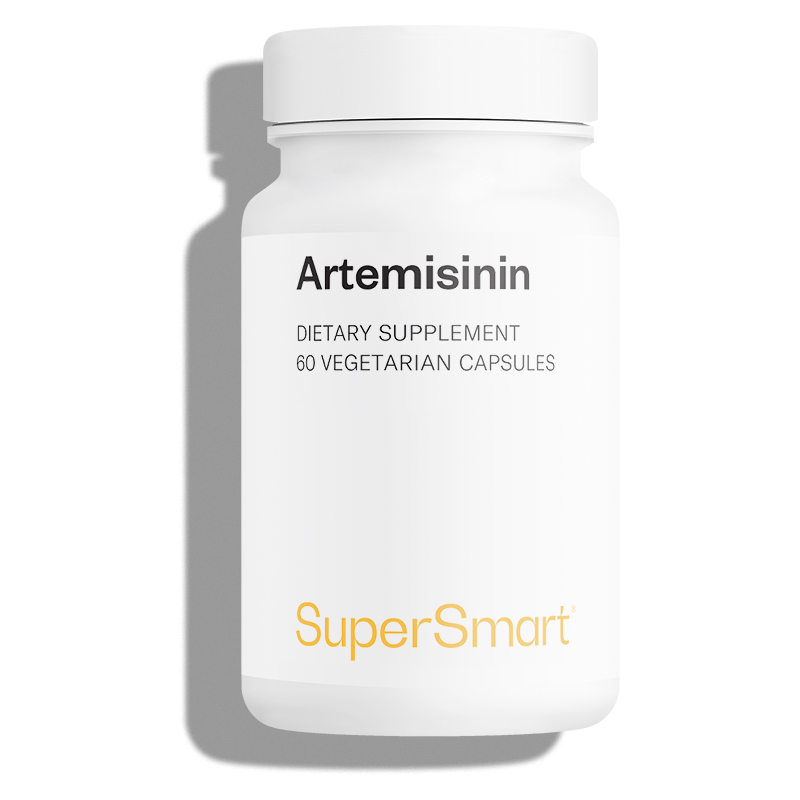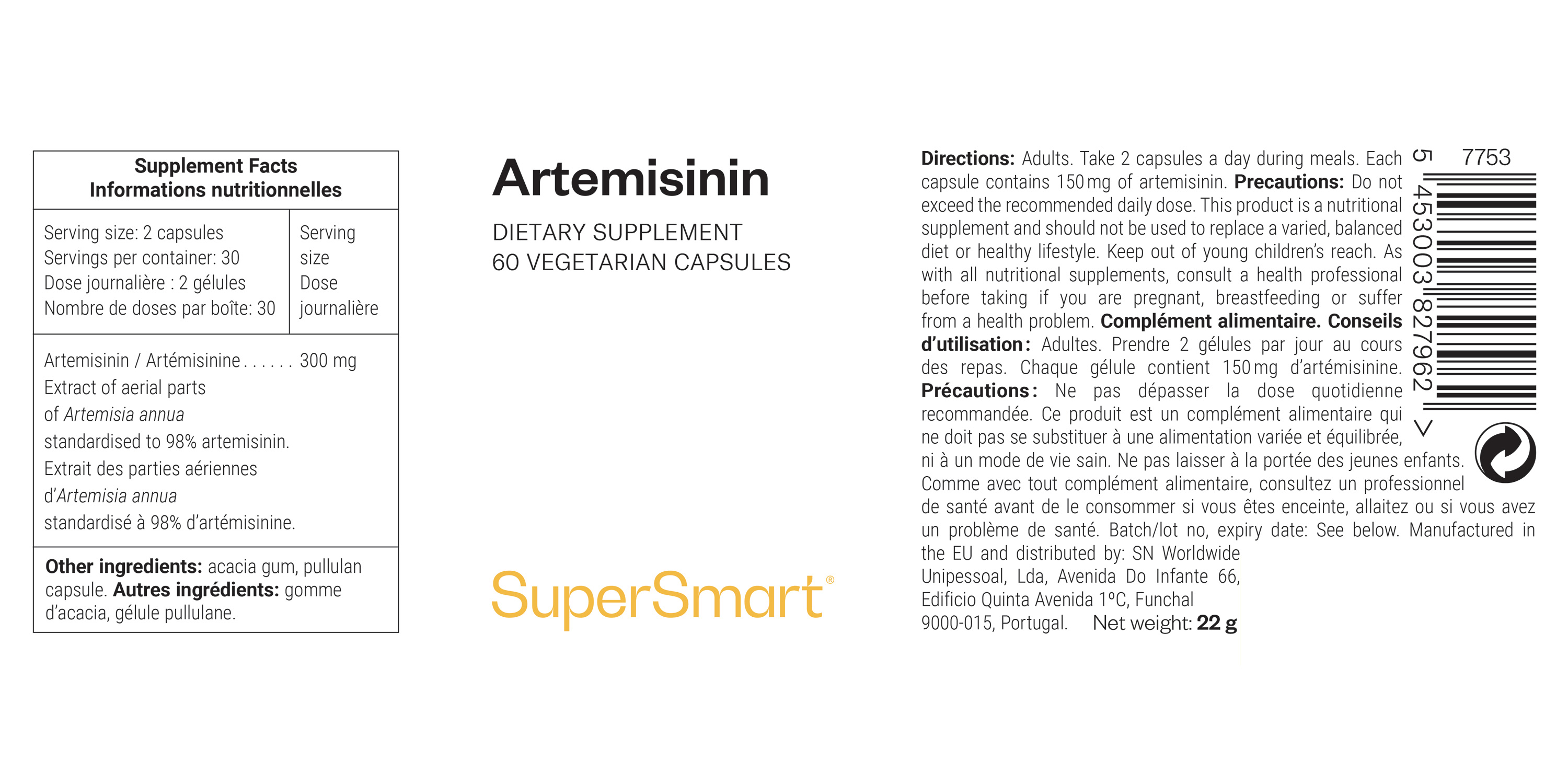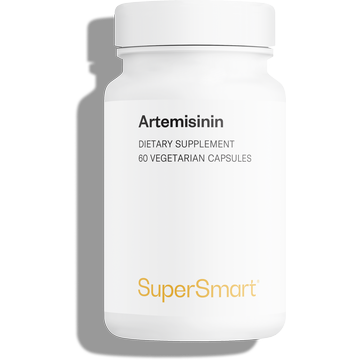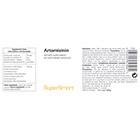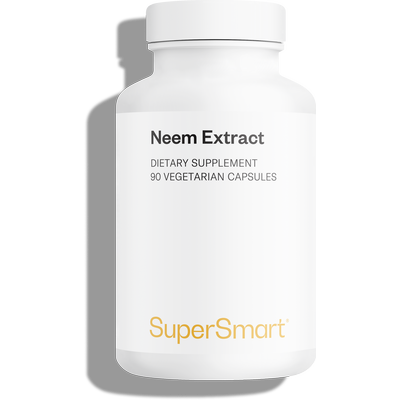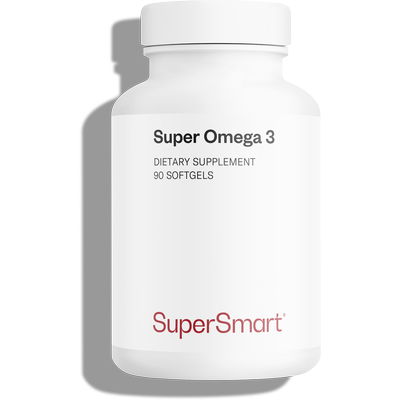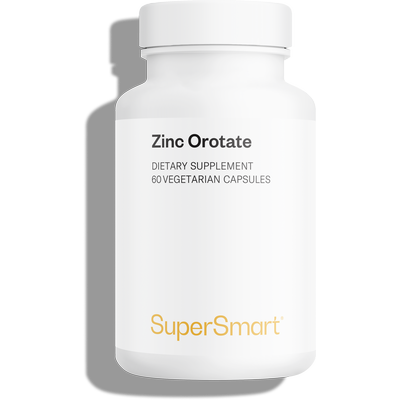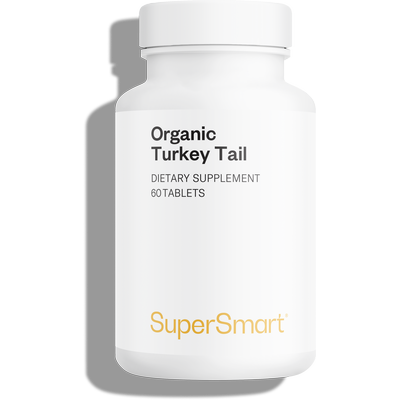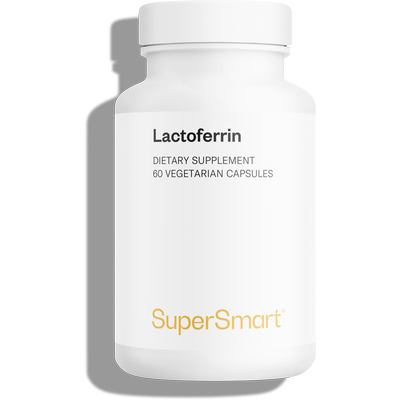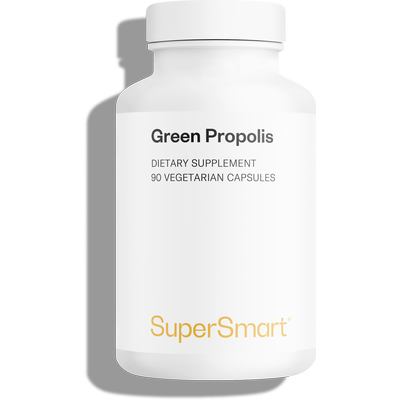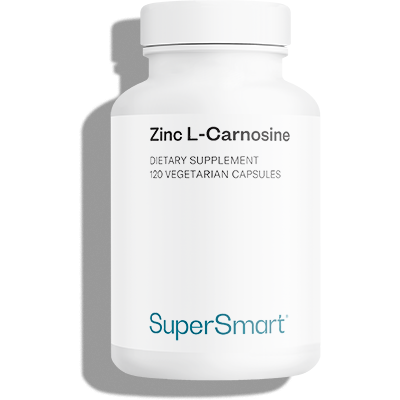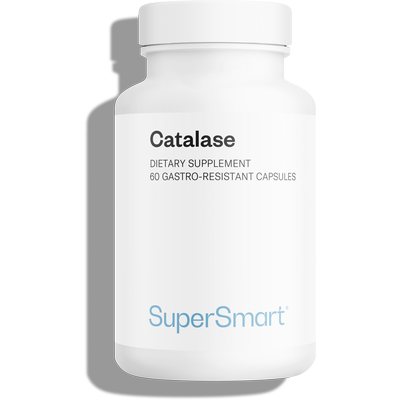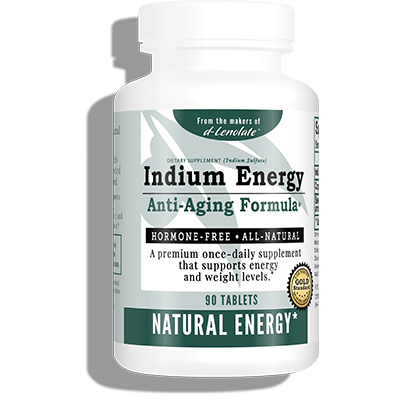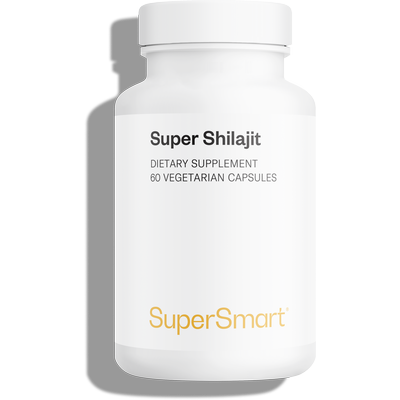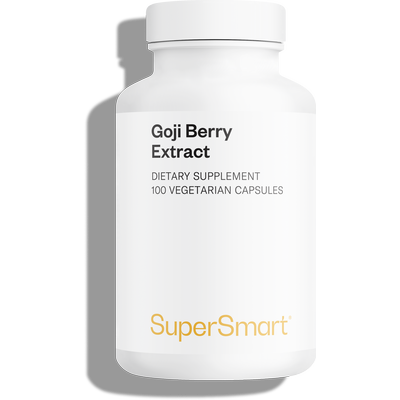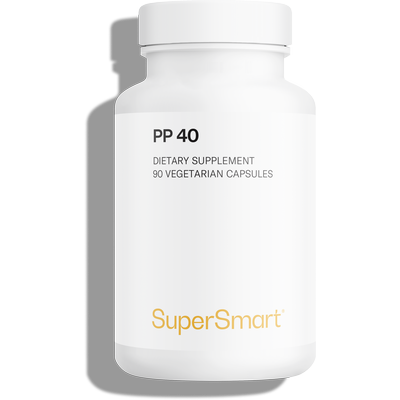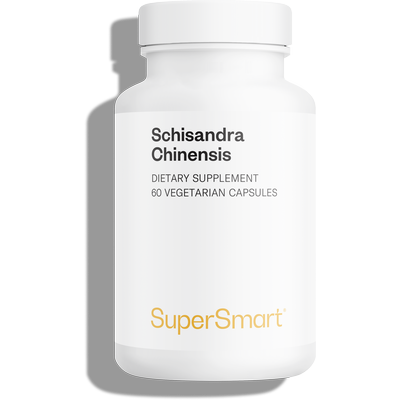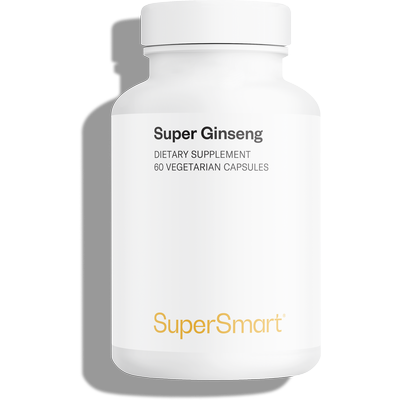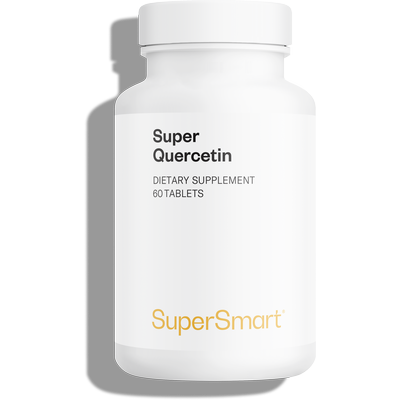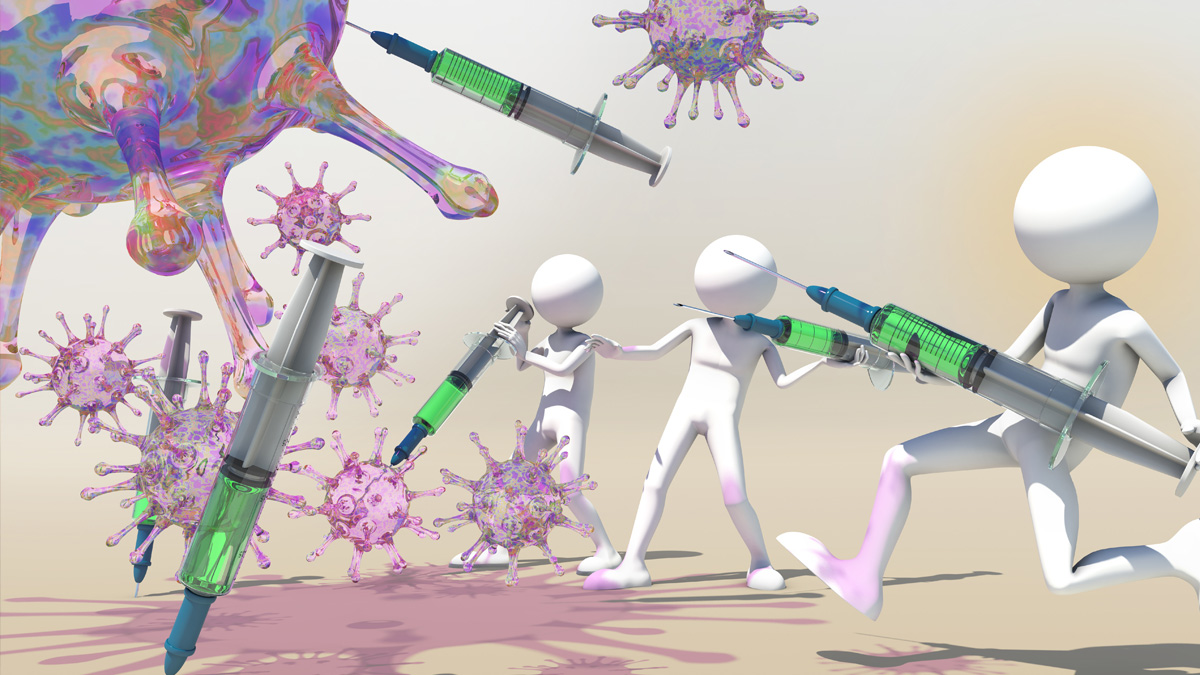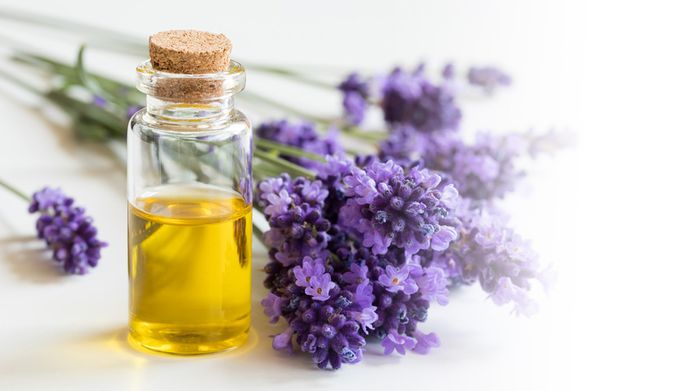En stock
Artemisinin
Complemento alimenticio de artemisinina, un antídoto de la medicina china
Complete su selección
La artemisinina es un complemento alimenticio de alta calidad. Este producto natural está compuesto esencialmente por artemisinina, una sustancia cuyo descubrimiento fue recompensado con un Premio Nobel de Medicina.
De hecho, la artemisinina procede de la planta Artemisia annua, o ajenjo dulce, una planta herbácea que se utiliza desde hace varios miles de años en la medicina tradicional china.
Ajenjo anual y artemisinina: ¿qué son?
Una planta crucial de la farmacopea asiática
La artemisa anual, alias Artemisia annua en latín o qing hao en chino, es una planta glabra y muy aromática, perteneciente a la gran familia de las Asteráceas. Originaria de Asia (antes de desarrollarse en Europa y África), ha sido un componente importante de la herbología china durante más de 2.000 años. Tradicionalmente se consumía en forma de decocción.
El descubrimiento de la artemisinina es recompensado con el Premio Nobel Marzo de 1972: el profesor chino Tu Youyou, inspirado en la medicina tradicional del Reino Medio, volvió a poner en primer plano las propiedades de la Artemisia annua y consiguió aislar una interesante sustancia de la planta: la artemisinina. (1-3) Este descubrimiento le valió a Tu Youyou el Premio Nobel de Medicina en 2015.
¿Qué aspecto tiene esta lactona sesquiterpénica llamada artemisinina?
Veamos la naturaleza de la artemisinina. Esta molécula es en realidad una lactona sesquiterpénica con un grupo funcional con dos átomos de oxígeno. Ambos están unidos por un puente de peróxido. (4-13)
¿Cuáles son los componentes del suplemento nutricional Artemisinin?
El suplemento nutricional Artemisinin está compuesto únicamente por ingredientes naturales.
Su principal componente, la artemisinina, se obtiene de las partes aéreas de la planta anual del ajenjo. Esta planta, también conocida como ajenjo dulce, se utilizaba regularmente en el mundo de la medicina tradicional china, pero también era muy apreciada en Europa, ya en la antigüedad. En el producto que presentamos, el extracto de artemisinina está estandarizado al 98% (14-26).
Esta sustancia se complementa y estabiliza con una adición de goma de acacia (un exudado de la savia recogida del árbol africano Acacia senegalensis) y harina de arroz blanco.
En qué consiste Artemisinin
¿Tiene alguna pregunta o duda?
Se recomienda tomar dos cápsulas al día.
Recuerde: es aconsejable pedir consejo a su médico antes de iniciar una cura de suplementos dietéticos. También debe evitar tomar artemisinina durante el embarazo.
Como siempre, SuperSmart le recomienda que:
- realizar una actividad física regular;
- ejore la calidad de su sueño;
- Reduzca su nivel de estrés;
- y complementar con magnesio (por ejemplo, tomando OptiMag). (27-31)
Las cápsulas de este producto están compuestas por pululano, un polisacárido natural procedente de la fermentación de la tapioca o del maíz. El pululano no contiene ningún ingrediente de origen animal y constituye una excelente barrera contra el oxígeno, lo que permite preservar la integridad de los ingredientes contenidos en la cápsula. También es una excelente alternativa ecológica frente a los materiales sintéticos.
Opiniones
La nota de este producto es 4.7 sobre 5 estrellas.
Hemos recogido 89 opiniones.
79%
17%
1%
1%
2%
31 diciembre 2024
Hace poco que lo conozco
13 mayo 2024
Lo toma uno de mis perros y el resultados es mejor que con otras marcas. Ademas la cápsula es más pequeña con lo que se puede dar más fácil.
28 noviembre 2023
Me funciona para el herpes 1. pero tengo que tomar una dosis bastante superior a la indicada. Hay que individualizar la dosis, con consejo médico.
28 octubre 2023
Funcionaría mejor si l'artemisinina fuera liposomal. Por otra parte, aún siendo de buena calidad con el tiempo crea resistencia (cualquier artemisinina), por lo que disminuye su eficacia. La he utilizado para herpes 1
31 marzo 2025
Artikel war wie beschrieben, beste Qualität
¿Necesita ayuda?
Preguntas frecuentes
Formulario de contacto
También le puede gustar
o reembolsado(a)

